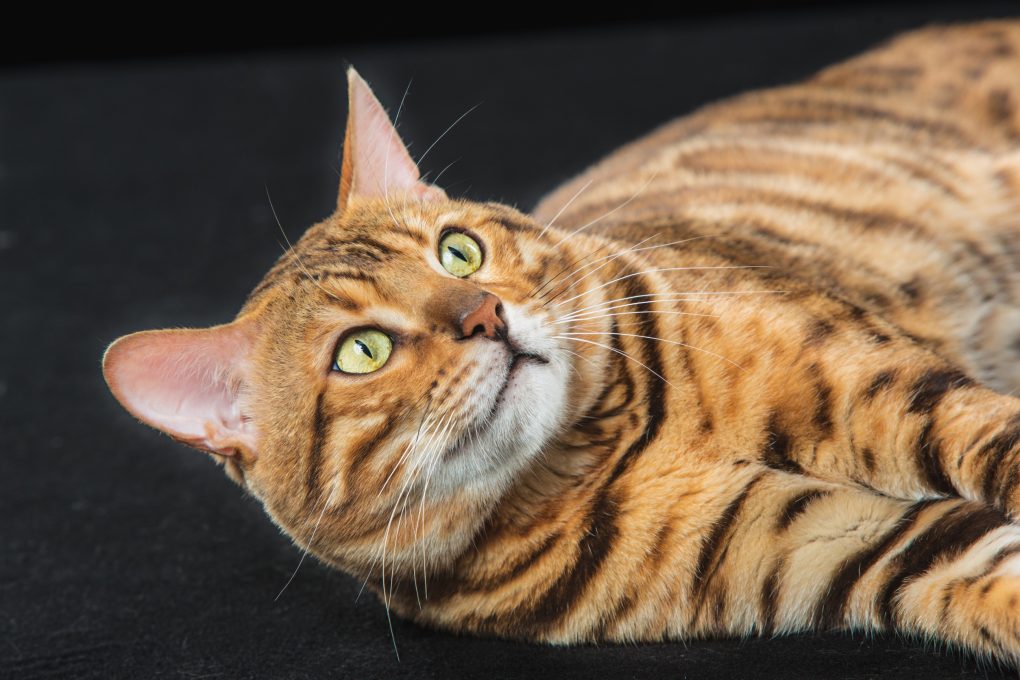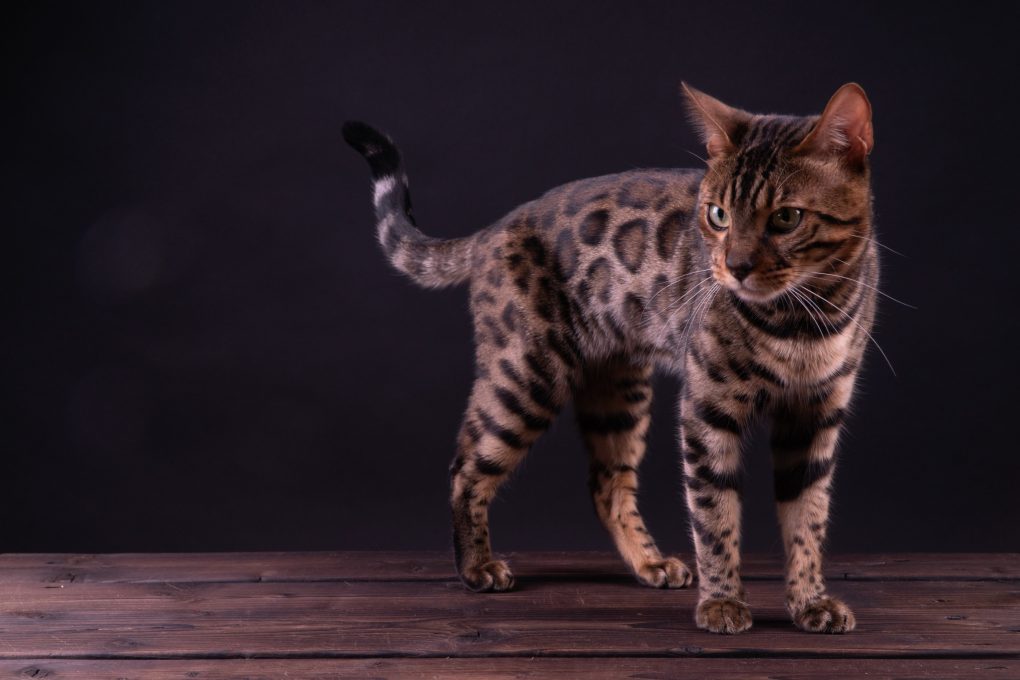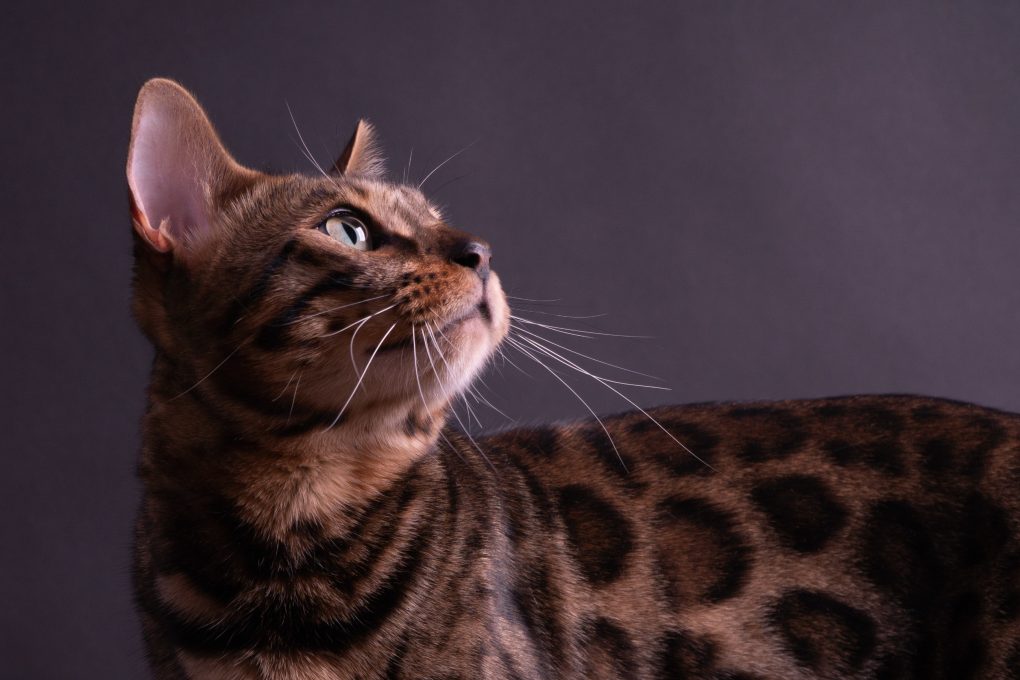Are Bengal Cats Related to Leopards: A Comparison of Bengal Cats and Leopards
Yes, Bengal cats are related to leopards, but only indirectly. Bengal cats are a domestic cat that was developed by breeding an Asian leopard cat with a domestic cat. The Asian leopard cat is a small wildcat that looks similar to a leopard.
Bengal cats have a distinct wild-looking coat pattern, with spots or marbled patterns, which resemble the coat of the Asian leopard cat. However, it is essential to note that Bengal cats are not wild animals but domesticated cats that have been selectively bred to have a particular appearance.


The breeding of an Asian leopard cat with a domestic cat was first attempted in the early 1900s by Jean Sugden Mill, but it was not until the 1960s that she established a successful breeding program. The goal of the breeding program was to create a domestic cat with the wild and exotic appearance of the Asian leopard cat while maintaining the friendly and docile personality of the domestic cat.
Table of Contents
Characteristics of a Bengal Cat in Comparison With Leopards
A Leopard-Like Look
Bengal cats have a leopard-like appearance due to their large spots and solid coloration. These domestic cats resemble leopards because of their spots and leopard coat color. The spots on Bengal cats’ fur are similar in shape, size, and coloration to those of leopards. Bengal cats aren’t considered wildcats but belong to the domestic cat family.
The Bengal cat has a shorter tail than other domestic cats. Its round, bright eyes are similar to those of domestic cats but tend to be larger and rounder than other domestic cats. The Bengal cat can roar just like leopards as well.
The breed is characterized by its bright colors and natural markings. The Bengal cat has a short coat that may be black or brown, a white chest and muzzle, feline features, a body with curves and cobby legs, and wild instincts.
Bengal cats and leopards both have athletic and muscular bodies. The Bengal cat can climb trees easily and jump very high from the ground as leopards do. The Bengal cat can also catch wild rodents like leopards.
Size
The size of a Bengal cat can vary depending on the cat’s sex, age, and overall health. Adult Bengal cats typically weigh between 8 and 15 lbs. They are medium-sized cats with muscular and athletic builds. They can reach heights of around 8 to 10 inches when fully grown.
Bengal cats are typically smaller than leopards but can grow up to three times the size of a domestic cat. While adult Bengal cats have a broad size range, each cat is unique and may have a slightly different size and weight. Some Bengal cats may be larger or smaller than the average size. Factors such as diet, exercise, and overall health can also affect a cat’s size and weight.
Temperament


Bengal cats are known for their loving nature, unlike leopards which are solitary, wild animals that are not typically socialized with humans. Bengal cats are domesticated pets that are socialized with humans and can be affectionate with their owners.
As domestic cats, Bengal cats are friendly and easy to care for and are less commonly known for their hunting skills than leopards. While leopards have speed and agility as hunters, Bengal cats are less proficient at this task.
Apart from that, Bengal cats require moderate to high levels of exercise to stay healthy and happy. They make great family pets as they require little attention but can also be seen in urban areas.
Bengal cats are playful and curious. They love to play fetch and are good with children. While it’s a good family cat, the Bengal cat may be wary of other animals. Its nature makes it tolerant of other cats, but it may be hesitant around dogs.
They can be aggressive with strangers and may require socialization from an early age to avoid being territorial or predatory toward domestic cat species. Overall, Bengal cats make excellent pets if cared for properly and allowed to interact with people and other animals.
Diet
Bengal cats are obligate carnivores that eat a variety of animal prey, including rodents and other small animals. Like Bengals, leopards are also carnivores; however, their diet consists of larger animals, including impalas, zebras, wild boar, and water buffalo.
As pets, the diet of Bengals should primarily consist of animal-based protein sources such as meat, fish, or poultry. They may also eat animal-based by-products such as organs, but it is essential to avoid grain foods, as Bengal cats have a higher protein and fat requirement than other domestic cats.
It is also important to provide them with a balanced diet that includes essential vitamins and minerals and feed them according to age, size, and activity level. Many brands of kibble, canned food, and wet food are also suitable for Bengal cats. Therefore, it is best to consult a veterinarian for specific dietary recommendations for your Bengal cat.
Bengal Cats as Pets


Bengal cats can make excellent pets, but they have some unique characteristics that potential owners should know. They are highly active and playful and have a lot of energy to burn.
They are also knowledgeable and enjoy interactive play, so providing them with plenty of toys and activities is crucial to keep them entertained. Bengal cats enjoy playing with toys they can chase and catch, such as wands or laser pointers. They also enjoy puzzle toys that challenge their problem-solving skills.
Bengals are very vocal and affectionate cats, and they enjoy spending time with their owners and often initiate play. Take some time each day to play with your Bengal cat, and use toys that encourage them to use their natural hunting instincts, such as toys that mimic prey.
They are also highly social animals and may become bored or stressed if left alone for long periods. Please provide them with plenty of socialization opportunities from an early age, such as letting them meet new people and other cats.
This breed can be demanding and affectionate; some can be pretty demanding if not appropriately trained. For example, Bengal cats can be trained using positive reinforcement techniques like clicker training. This involves using a small clicker to mark the desired behavior and immediately rewarding the cat with a treat or praise.
To train your Bengal cat effectively, it is essential to be consistent in your training methods and to use positive reinforcement techniques. Avoid using physical punishment or negative reinforcement, as this can damage your relationship with your cat and make it more difficult for them to learn.
